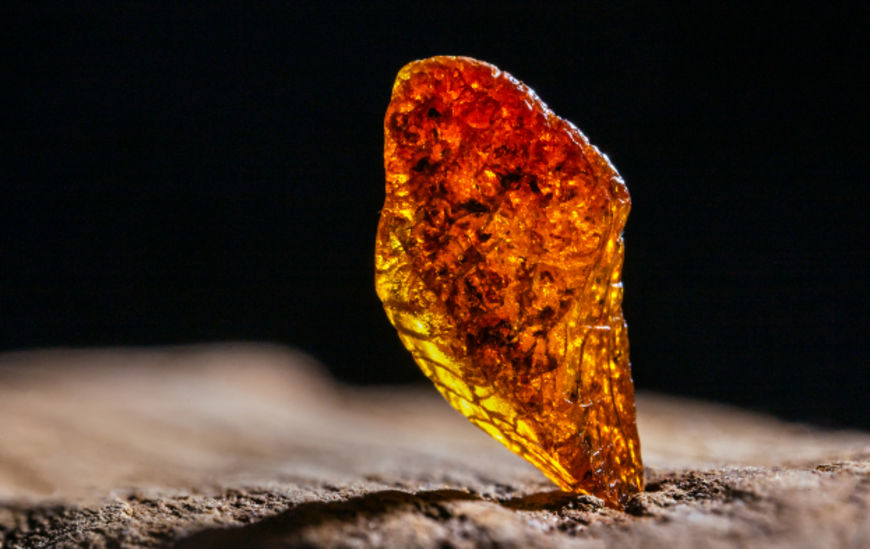
Amber is one of the most cherished ingredients in perfumery, known for its warm, rich, and complex aroma. It adds depth and sensuality to fragrances, making it a staple in many perfume compositions. This article will explore what amber is, how it is used in perfumery, and why it remains a beloved choice for perfumers worldwide.
What is Amber and How is it Used in Perfumery?
Amber, a gemstone of ancient origin, is prized not only for its beauty but also for its diverse applications across various fields, including jewelry, paintings, souvenirs, rosaries, cosmetics, and perfumery. In perfumery, however, amber refers to a fragrant accord rather than a singular ingredient. This accord is traditionally crafted by blending natural and synthetic components that mimic the warm, resinous, and slightly sweet aroma associated with natural amber. Typically, this amber accord includes elements like labdanum, benzoin, and vanilla, resulting in a deep, musky, and slightly powdery fragrance that exudes warmth and sensuality.
Amber’s role in perfumes is primarily as a base note, renowned for its longevity and ability to anchor more volatile, lighter notes. It forms the core upon which other fragrance ingredients are layered, providing lasting power and enhancing the overall complexity of the scent. Its unique profile makes it a versatile choice, seamlessly blending into both oriental and woody fragrances, where it imparts richness, depth, and a comforting warmth.
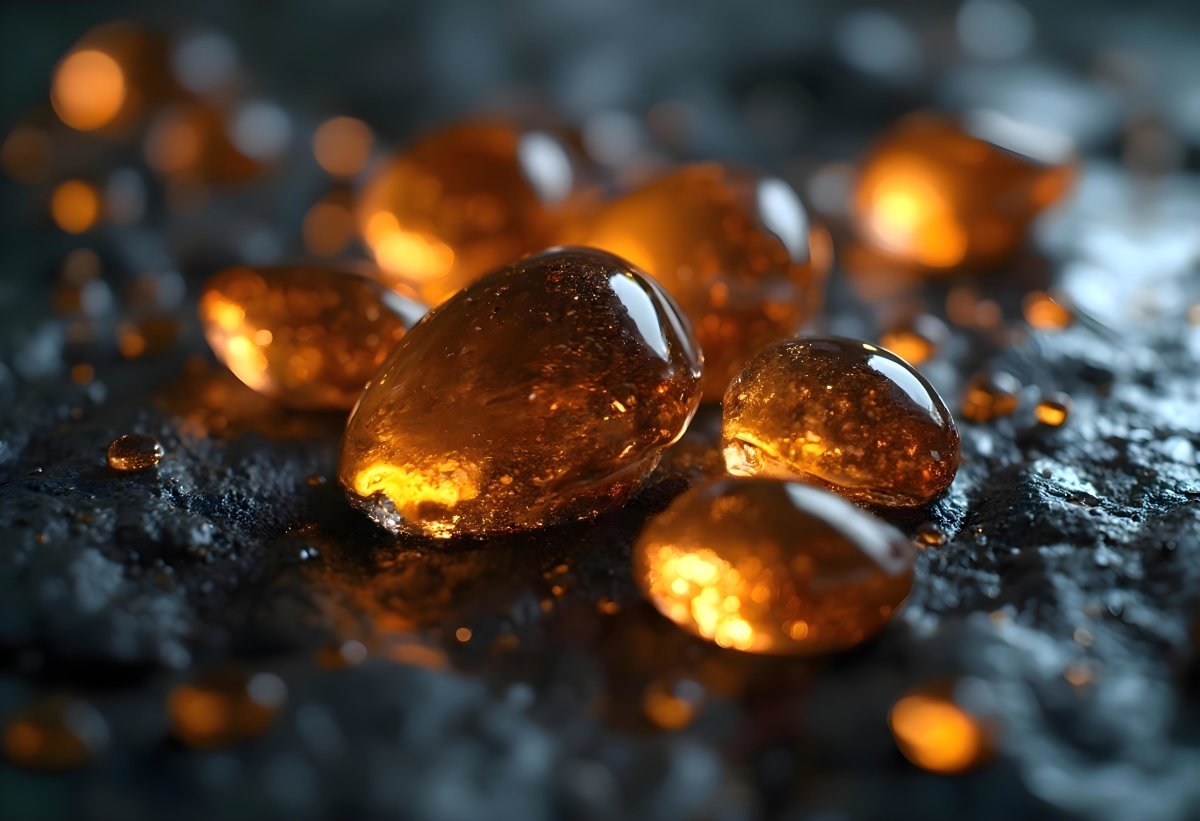
What Properties of Amber Make it a Popular Ingredient in Perfumes?
Amber's popularity in perfumery stems from several unique properties:
- Rich and Complex Aroma: Amber has a multi-faceted scent that can range from sweet and powdery to earthy and resinous. This complexity makes it an excellent base note that can add depth and sophistication to a fragrance.
- Long-lasting Nature: Amber is known for its excellent staying power. Its molecules are heavier than those of top or middle notes, allowing it to linger on the skin for hours. This makes it ideal for creating perfumes with long-lasting sillage.
- Versatility: Amber pairs well with a wide range of other fragrance notes, from florals to spices and woods. This versatility allows perfumers to use amber in various fragrance families, from oriental to gourmand and beyond.
- Warmth and Comfort: Amber's warm and inviting aroma is often associated with coziness and comfort, making it a popular choice for perfumes designed for colder weather or evening wear.
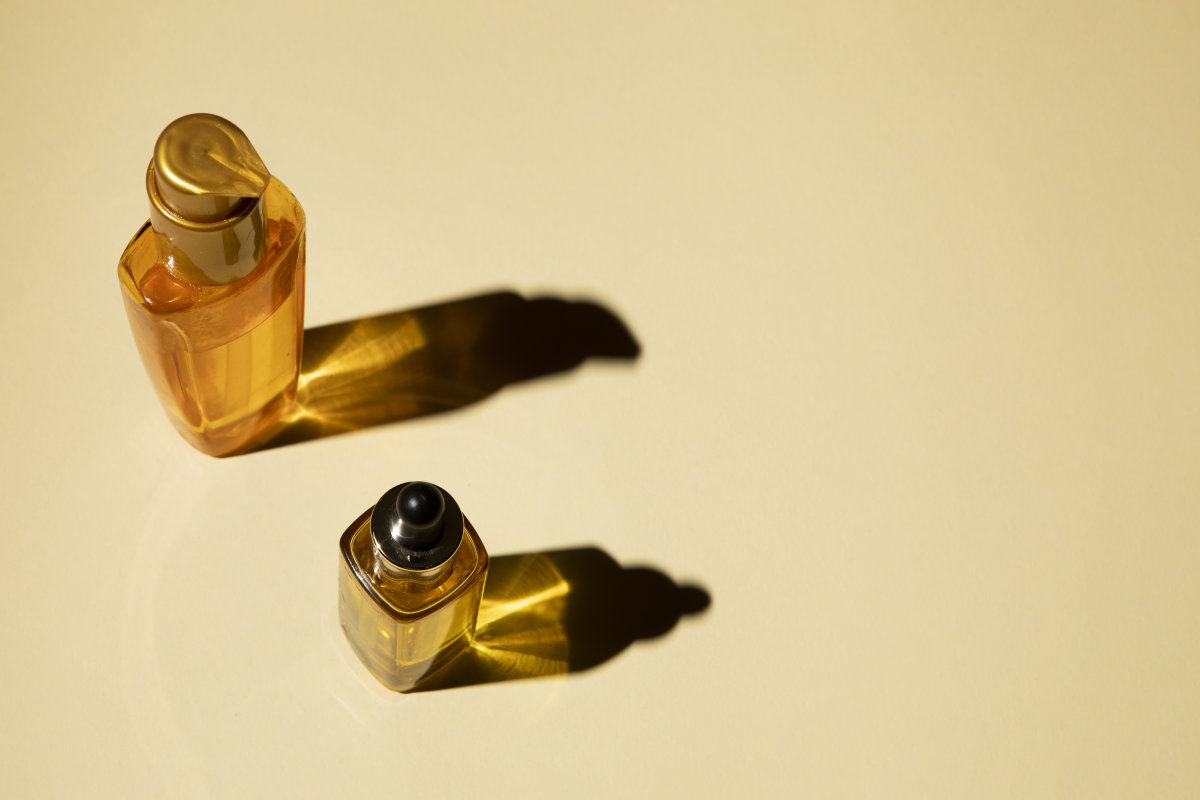
How is Amber Extracted and What Types of Amber are Used in Perfumery?
There are two main types of amber relevant to perfumery: natural amber and ambergris.
Natural Amber: This is a fossilized tree resin that has aged over millions of years. While natural amber is valued in jewelry, it is not typically used directly in perfumery because it does not naturally emit a strong fragrance. However, it can be heated to produce an oil or tincture with a subtle, resinous aroma.
Ambergris: A rare substance formed in the digestive system of sperm whales, ambergris has a unique, marine scent with notes of sweetness and musk. Historically, it has been used in high-end perfumes for its ability to fix and enhance other scents. Due to ethical and conservation concerns, the use of natural ambergris is now limited, and synthetic alternatives are more commonly used.
In most modern perfumery, the "amber" scent is created synthetically, often from a combination of labdanum (a resin from the rockrose shrub), benzoin (a resin from the Styrax tree), and other ingredients like vanilla or tonka bean. These ingredients mimic the complex, warm, and slightly sweet aroma traditionally associated with amber.

What Aromas Contain Amber and How Does it Affect the Final Aroma?
Amber is a foundational element in many fragrance compositions. It is commonly found in:
- Oriental Fragrances: Amber is a key ingredient in oriental perfumes, known for their warm, spicy, and sensual profiles. It provides a sweet, resinous depth that complements notes like vanilla, patchouli, and cinnamon.
- Woody Fragrances: In woody perfumes, amber adds a balsamic warmth that enhances notes of sandalwood, cedarwood, and vetiver, creating a rich, earthy scent profile.
- Gourmand Fragrances: Amber is also used in gourmand perfumes, which feature edible notes like chocolate, caramel, and honey. The warmth and sweetness of amber blend well with these ingredients, creating a cozy and indulgent scent.
- Floral Fragrances: When used in floral compositions, amber provides a sensual, grounding base that balances the lightness of florals like rose, jasmine, or ylang-ylang, adding depth and longevity to the perfume.
Amber affects the final aroma by providing a rich, warm, and enduring base that amplifies the intensity and longevity of the fragrance. It creates a comforting, enveloping scent that can be both captivating and memorable.
Amber's unique combination of warmth, depth, and complexity makes it an invaluable ingredient in perfumery. Whether natural or synthetic, amber contributes significantly to the character and longevity of a fragrance. Its versatility allows it to be paired with a wide range of other notes, enhancing the overall scent profile and creating a lasting impression. As both an art and a science, perfumery continues to explore the potential of amber, ensuring its place as a beloved ingredient in fragrances around the world.
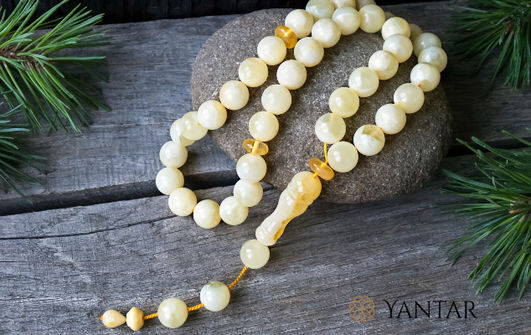

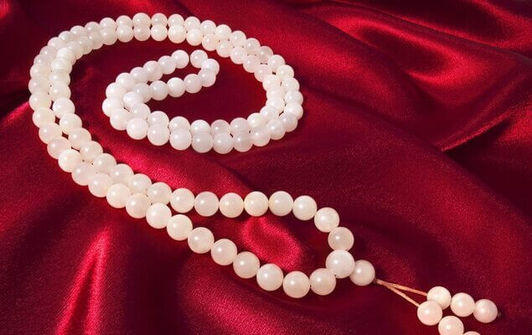

 Jewelry
Jewelry Silver amber jewelry
Silver amber jewelry Amber pictures
Amber pictures Souvenirs
Souvenirs